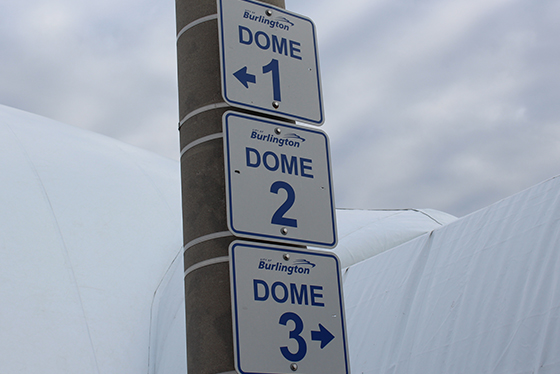Knowing that the coronavirus is more easily transmitted in closed areas, where there is less ventilation or room for airflow, does the risk of transmission increase inside a Dome? Here are the key facts that you need to know!
1. The air quality in our Domes resembles outdoor conditions. A Dome typically contains 500,000 to 5,000,000 cubic feet of air. In comparison, a classroom typically contains just 6,000 cubic feet of air.
2. Dome ventilation is remarkably better than in most buildings. Under ASHRAE standards, a normal classroom’s ventilation is designed to move 222 cubic feet of air per minute, while our Domes have a minimum of 50 times more outside fresh air!
3. There is tons of room to breathe in our Domes. At a 6-foot social distance, our Domes provide about 800 cubic feet of ventilation air per person, per minute. A typical classroom with 20 students would provide 11 cubic feet of air.
Gerald N. Catt, Professional Engineer, has prepared a brief report on the advantages of Domes over conventional buildings in preventing the spread of COVID-19. Read his analysis of Dome ventilation and air turnover in the report below.

